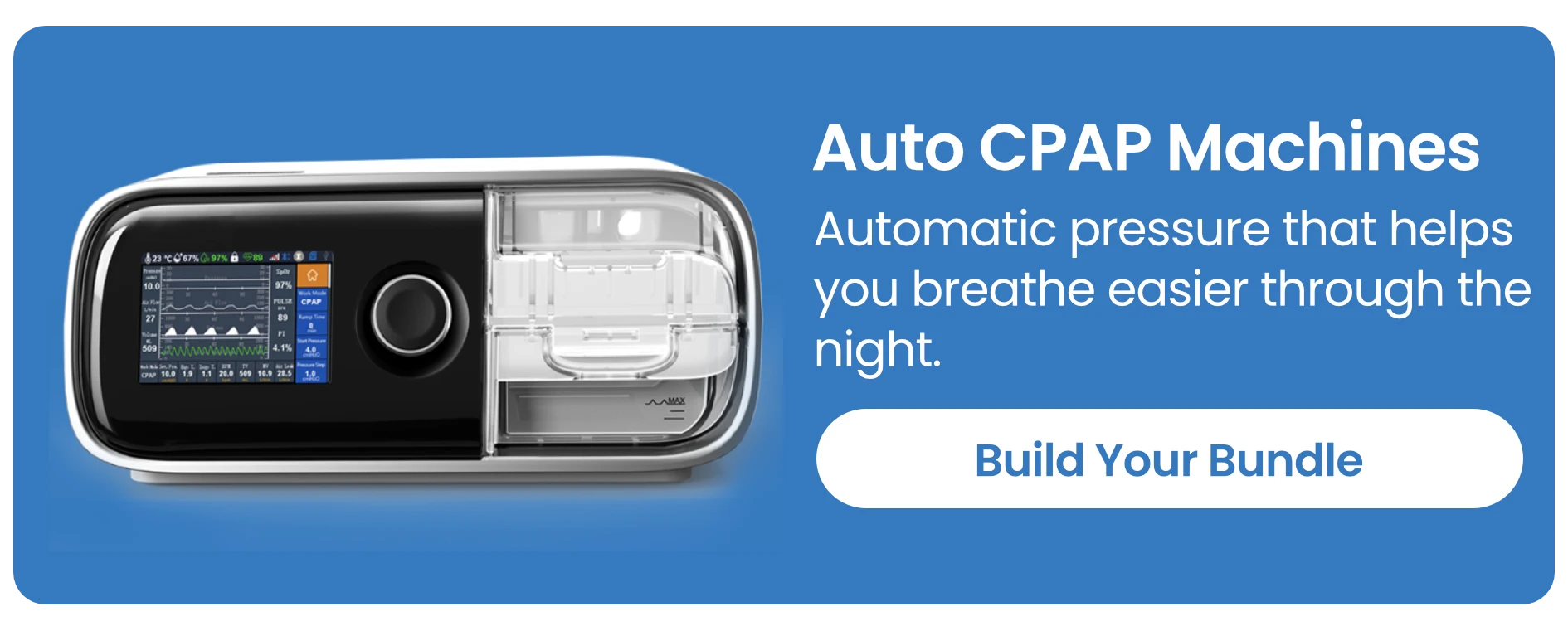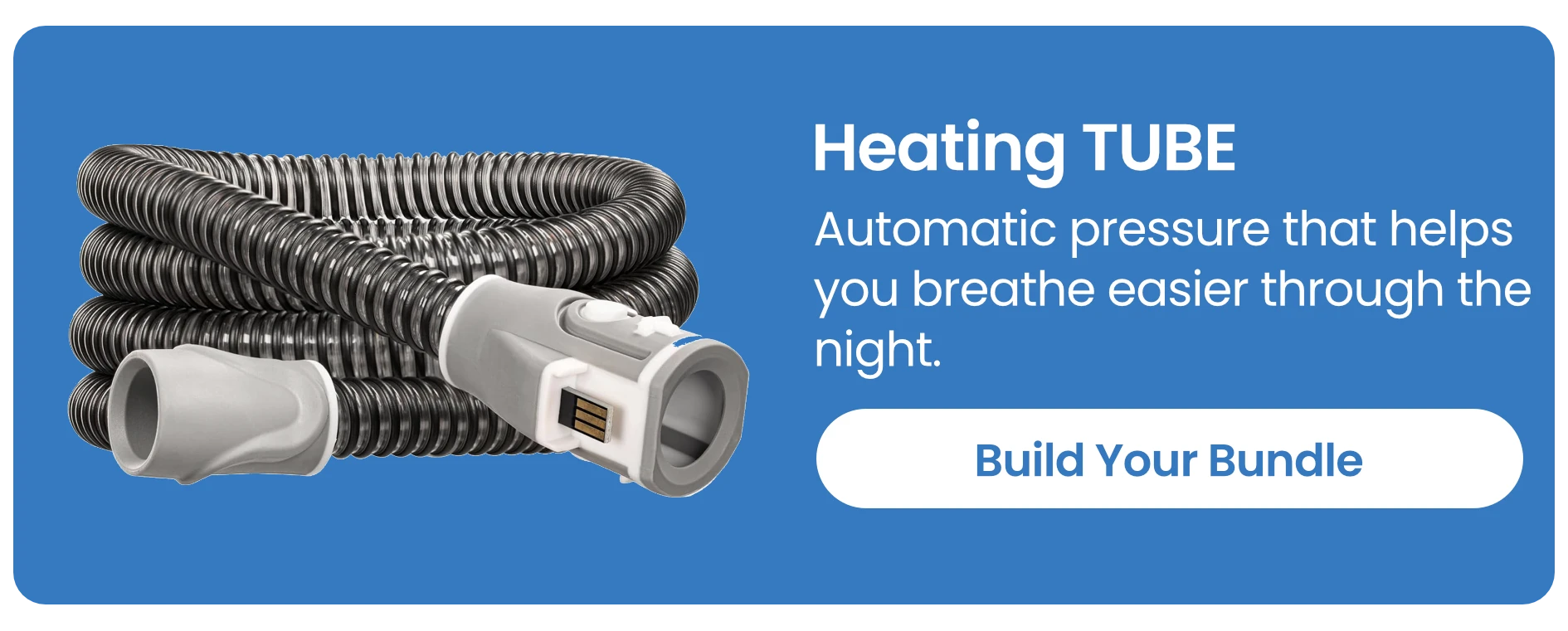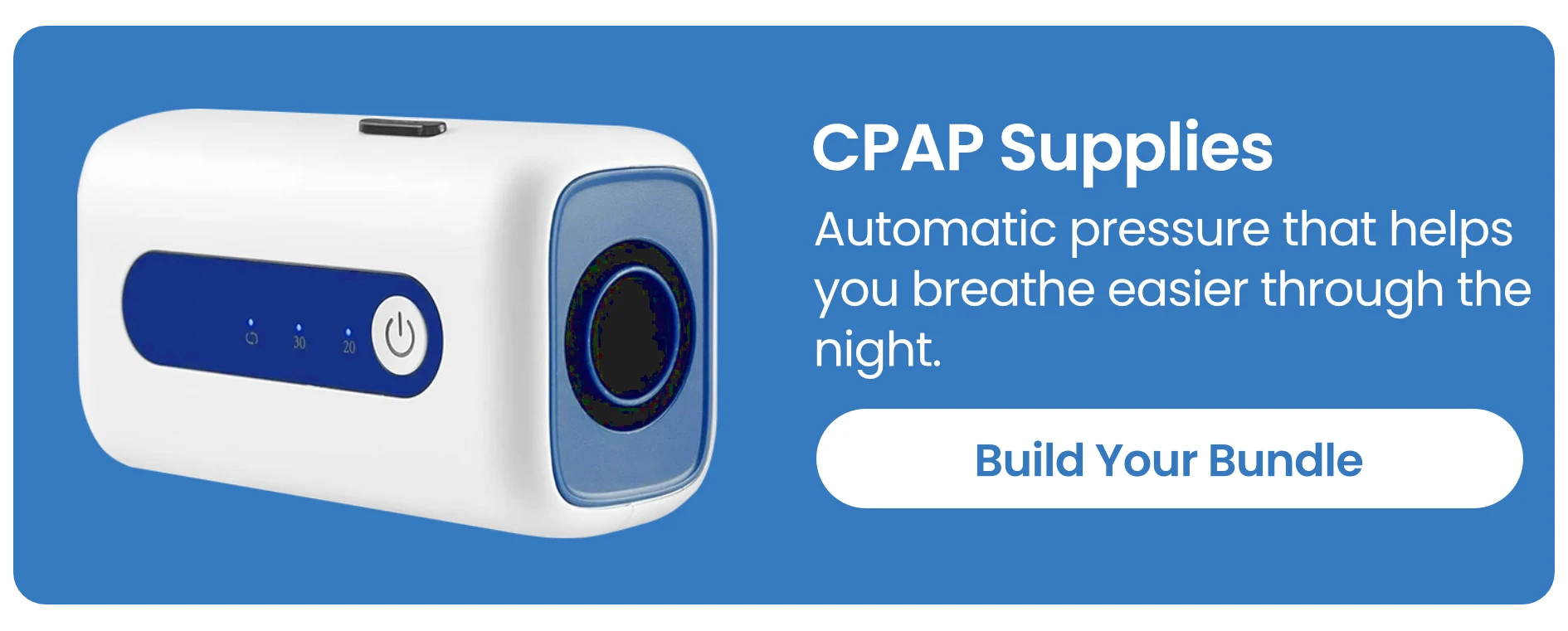CPAP Demystified: What It Really Does for Your Health
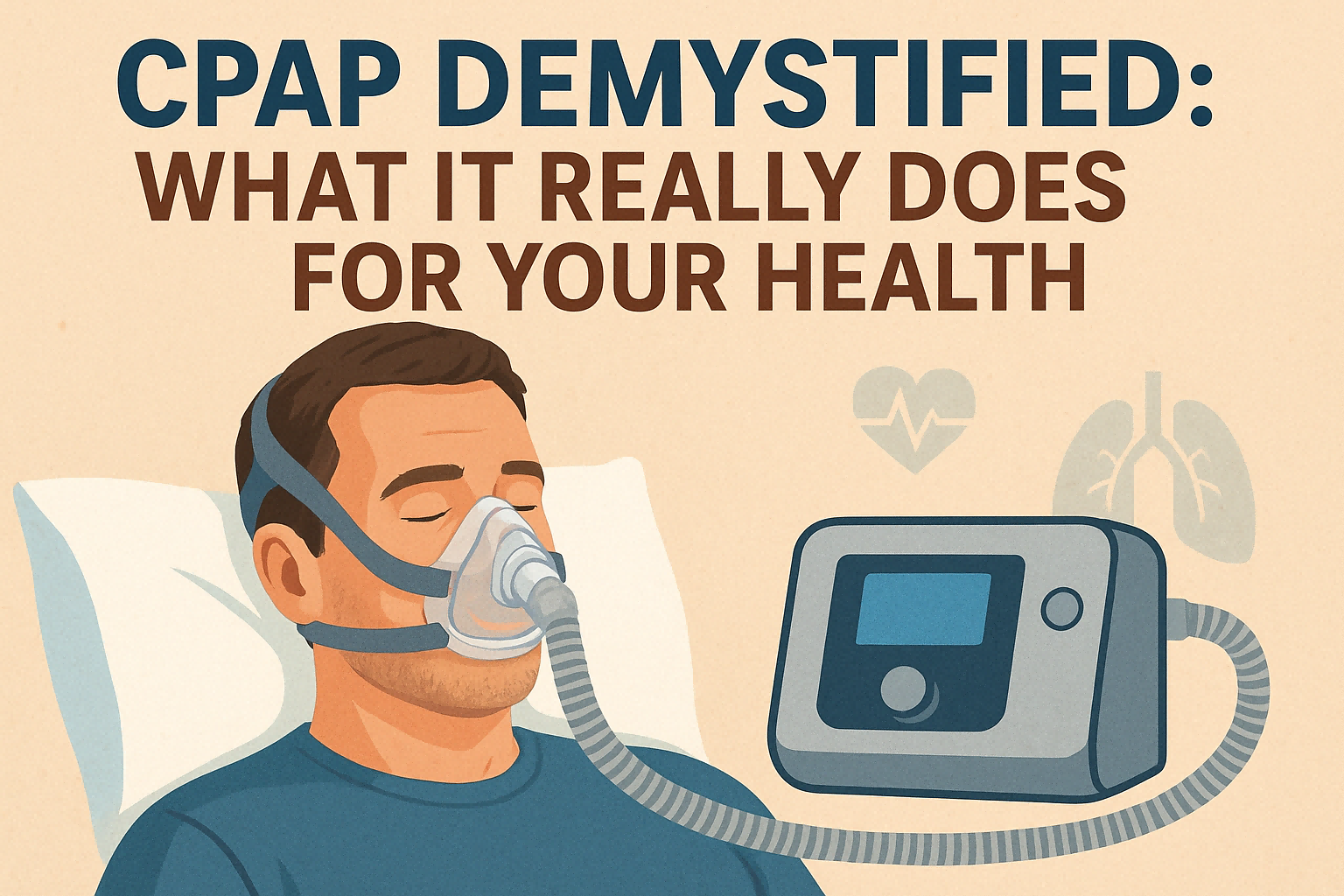
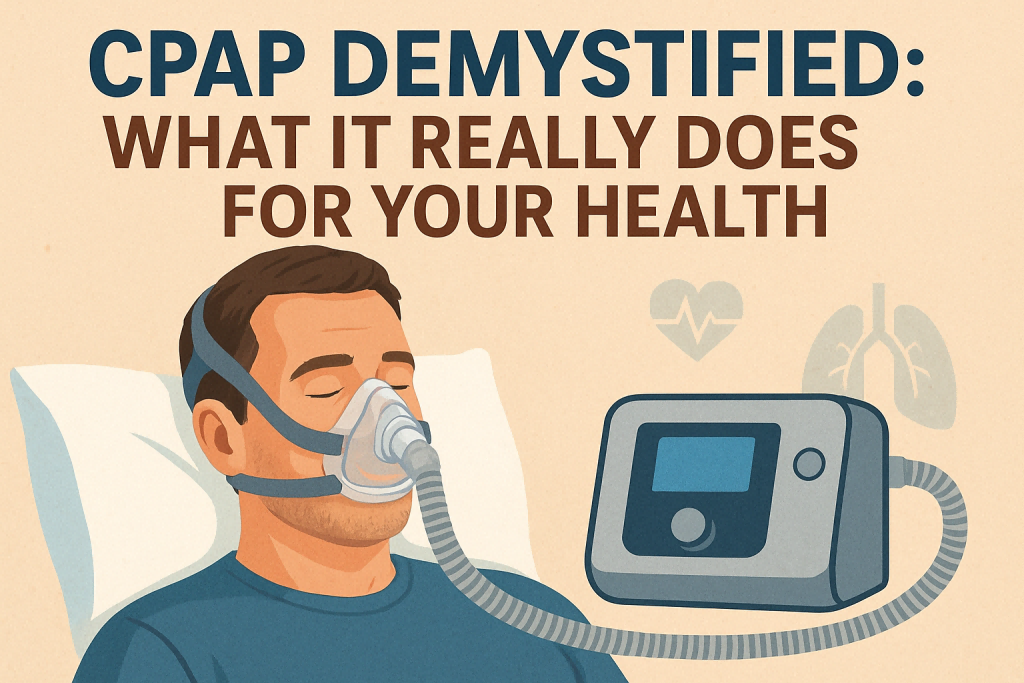
What Is CPAP? A Beginner’s Overview
Continuous Positive Airway Pressure (CPAP) therapy is a medical treatment designed to help individuals who struggle with sleep apnea and other breathing disorders. At its core, CPAP works by delivering a constant stream of pressurized air through a mask, keeping the airway open during sleep. This prevents the pauses in breathing that characterize sleep apnea, which can lead to fatigue, poor concentration, and long-term health complications.
Millions of people worldwide rely on CPAP therapy every night, yet the device often feels mysterious or intimidating to those newly diagnosed. Understanding how it works can remove fear and empower patients to see it as a life-enhancing tool rather than a burden.
How CPAP Machines Work: The Science Behind the Mask
A CPAP machine consists of three main parts: the motor, tubing, and mask. The motor draws in room air, filters it, and delivers it at a pressure tailored to the patient’s needs. The pressurized air acts like a splint, holding the airway open and preventing collapse. Unlike oxygen therapy, CPAP does not supply extra oxygen—it simply ensures smooth airflow.
This steady air supply reduces snoring, prevents nighttime choking episodes, and helps restore normal sleep cycles. Over time, patients notice improvements not only in sleep quality but also in overall physical and mental health.
Types of CPAP Machines and Masks Available
CPAP therapy isn’t one-size-fits-all. Different machines and masks are designed to suit patient preferences and medical needs:
- Standard CPAP Machines: Deliver a single fixed pressure throughout the night.
- BiPAP (Bilevel Positive Airway Pressure): Provides two pressure settings—higher during inhalation and lower during exhalation—for greater comfort.
- APAP (Automatic Positive Airway Pressure): Adjusts pressure automatically based on detected breathing patterns.
Masks also vary: some cover just the nose, others both nose and mouth, and newer designs offer lightweight nasal pillows for minimal intrusion. Finding the right combination is crucial for long-term success.
Why CPAP Is Prescribed
Sleep Apnea and Breathing Disorders
Obstructive sleep apnea (OSA) is the primary condition treated with CPAP. In OSA, throat muscles relax excessively during sleep, leading to airway blockage. This causes repeated breathing interruptions, often unnoticed by the sleeper but disruptive to deep rest. Left untreated, OSA increases the risk of hypertension, stroke, and even sudden cardiac events.
Risk Factors That Make CPAP Necessary
Not everyone with mild snoring needs CPAP, but certain risk factors make its use essential. These include:
- Obesity, especially around the neck and upper airway
- Family history of sleep apnea
- Chronic nasal congestion or structural airway issues
- Lifestyle habits such as smoking or alcohol use
- Existing heart disease or high blood pressure
Doctors typically recommend a sleep study to confirm whether CPAP is appropriate.
Early Symptoms That CPAP Can Improve
Many people dismiss sleep apnea symptoms as simple tiredness. Yet common early warning signs include:
- Loud, chronic snoring
- Morning headaches
- Daytime fatigue and poor concentration
- Night sweats or restless sleep
- Waking up gasping for air
For patients experiencing these symptoms, CPAP can be life-changing—restoring energy, mood, and cognitive sharpness.
Health Benefits of Using CPAP
Better Quality Sleep and Restored Energy
One of the most immediate benefits patients notice after starting CPAP therapy is improved sleep quality. With a steady flow of air keeping the airway open, the body can finally enter deeper stages of sleep, such as REM. This is where the brain processes memories and the body repairs itself.
Patients often report waking up refreshed for the first time in years. Daytime drowsiness fades, alertness improves, and energy levels rise dramatically. This change can impact work performance, family life, and overall quality of living.
Cardiovascular Health: Reducing Heart Disease Risk
Untreated sleep apnea places immense strain on the heart. Each pause in breathing triggers a drop in oxygen, causing the body to release stress hormones that increase blood pressure. Over time, this raises the risk of heart attack, stroke, and atrial fibrillation.
CPAP therapy helps normalize oxygen levels and reduce nighttime blood pressure spikes. Studies have shown that consistent CPAP use can significantly lower the risk of cardiovascular disease and improve long-term heart health.
Cognitive Function and Mental Clarity
Sleep deprivation from untreated apnea often leads to brain fog, memory lapses, and reduced decision-making ability. By ensuring uninterrupted sleep, CPAP restores cognitive performance.
Patients frequently describe feeling “sharper” at work, more engaged in conversations, and less irritable. In older adults, CPAP may even slow the progression of memory-related decline associated with conditions like Alzheimer’s.
Metabolic Health: Weight and Diabetes Connection
There’s a strong link between sleep apnea, obesity, and type 2 diabetes. Poor sleep affects hormones that regulate hunger and insulin sensitivity, making weight loss more difficult. CPAP therapy helps restore balance, making it easier to manage weight.
In people with diabetes, CPAP improves glucose control by reducing nightly oxygen drops that worsen insulin resistance. This makes it a powerful tool in managing both sleep apnea and metabolic health.
CPAP and Day-to-Day Living
Adjusting to Sleeping with a CPAP Mask
Adapting to CPAP isn’t always easy at first. Many patients feel claustrophobic or find the mask awkward. However, persistence pays off. Modern masks are lighter, quieter, and designed for comfort.
Tips for adjustment include:
- Wearing the mask during the day while reading or watching TV to build comfort.
- Using a humidifier attachment to reduce dryness.
- Trying different mask styles until the right fit is found.
With practice, most users barely notice the machine after a few weeks.
Lifestyle Improvements Beyond Sleep
Better sleep from CPAP extends far beyond nighttime rest. Many users experience:
- Lower stress and irritability
- Stronger immune function
- Increased motivation for exercise
- Healthier relationships due to reduced snoring
It’s not just about breathing at night—it’s about unlocking a healthier, more energized lifestyle.
Real Stories: Patients Who Transformed Their Health
Consider John, a 52-year-old man who struggled with weight gain, high blood pressure, and chronic fatigue. After starting CPAP, he not only regained energy but also found the motivation to exercise. Within a year, he lost 30 pounds and saw his blood pressure normalize.
Stories like John’s are common and highlight the ripple effect CPAP can have across multiple areas of health.
Challenges and Misconceptions About CPAP
Common Myths and Fears Debunked
- Myth: CPAP is only for older adults.
Reality: Sleep apnea affects all ages, including children. - Myth: CPAP means you’ll be tethered to a machine forever.
Reality: Some patients improve enough with lifestyle changes to reduce or stop use. - Myth: CPAP is loud and disruptive.
Reality: Modern machines are whisper-quiet and barely noticeable.
Side Effects and How to Manage Them
Some users experience side effects, such as nasal dryness, mask discomfort, or mild skin irritation. Fortunately, most issues are manageable with adjustments:
- Use heated humidifiers to combat dryness.
- Try mask liners or cushions for sensitive skin.
- Work with a sleep specialist to fine-tune pressure settings.
When CPAP Doesn’t Work: Alternative Options
For those who struggle with CPAP, alternatives exist, including:
- Oral appliances that reposition the jaw.
- Positional therapy to prevent sleeping on the back.
- Surgery in severe cases to remove airway obstructions.
Getting Started with CPAP Therapy
Diagnosis: Sleep Study and Medical Evaluation
The first step toward CPAP therapy is a sleep study, conducted either at home or in a lab. This measures breathing patterns, oxygen levels, and sleep cycles. A sleep specialist then reviews the results and determines the need for CPAP.
Choosing the Right CPAP Machine and Mask
Your doctor and equipment provider will guide you in selecting the best machine and mask. Comfort is key, as long-term success depends on consistent use. Don’t hesitate to test multiple styles until one feels natural.
Maintenance, Cleaning, and Safety Tips
Proper cleaning prevents bacteria buildup and ensures safe use. Recommended practices include:
- Washing the mask daily with mild soap.
- Changing filters and tubing as directed.
- Using distilled water in humidifiers to prevent mineral deposits.
Frequently Asked Questions (FAQs)
1. Is CPAP therapy permanent?
Not always. Some people improve with weight loss, lifestyle changes, or surgery and may reduce or stop CPAP use.
2. How long does it take to feel the benefits of CPAP?
Many patients notice improvements within days, while others may need weeks to fully adjust.
3. Can CPAP help with snoring even if I don’t have sleep apnea?
Yes, CPAP can reduce or eliminate snoring, but it’s usually prescribed for diagnosed sleep disorders.
4. What happens if I skip a night of CPAP use?
Skipping nights can bring back symptoms immediately, including fatigue and snoring. Consistency is crucial.
5. Is CPAP safe for long-term use?
Yes. CPAP is considered very safe when maintained properly and prescribed by a doctor.
6. Can CPAP improve mental health?
Absolutely. Better sleep reduces stress, anxiety, and depression linked to poor rest.
Conclusion: Embracing CPAP for a Healthier Future
CPAP therapy is more than just a machine—it’s a lifeline for millions living with sleep apnea. By restoring restful sleep, improving heart health, boosting cognitive function, and supporting overall well-being, CPAP can transform lives.
Though initial adjustment may take patience, the long-term rewards far outweigh the challenges. Whether you’re newly diagnosed or considering CPAP for the first time, remember: this therapy is not about restriction, but about freedom—the freedom to live a healthier, more energized life.
For more resources, you can explore trusted organizations like the American Academy of Sleep Medicine, which offers patient-friendly guides on sleep health.







